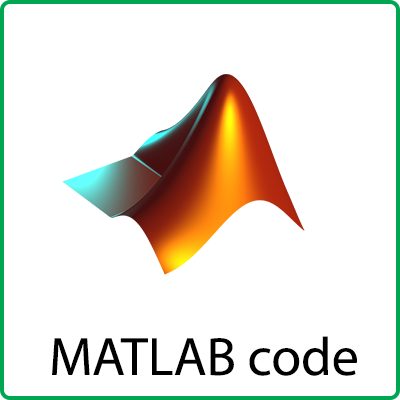Description
This function uses a unique design variant, its constituent subsystems, and governing parameters to simulate the response of that design variant to a disruption.
The current research adapted CTMC algorithms from (Yates & Goodman, 1999).
Step 1 generates the CTMC state based response for each constituent subsystem. Researchers collect the subsystem state response and inter-arrival times, S, for each subsystem and each simulation.
Step 2 takes the results of Step 1 and converts the inter-arrival times to timesteps based on Δt, allowing for assessment of the response of all constituent subsystems on the same timesteps.
For Step 3, the software model generates subsystem utility response, X, per time step by taking the state response, S(t), against the utility matrix, U, to determine the utility response of the subsystem.
Step 4 generates the overall DV(i) composite utility response by applying the subsystem utility responses, X, to the system architecture matrix, M.
For this research, the researcher assumed a system in series and added the utility of each subsystem at each timestep to generate the design variant level utility response. Step 5 repeats this process for each simulation, NSim. Step 6 generates a mean utilitybased response for the design variant based on NSim simulations.



Reviews
There are no reviews yet.